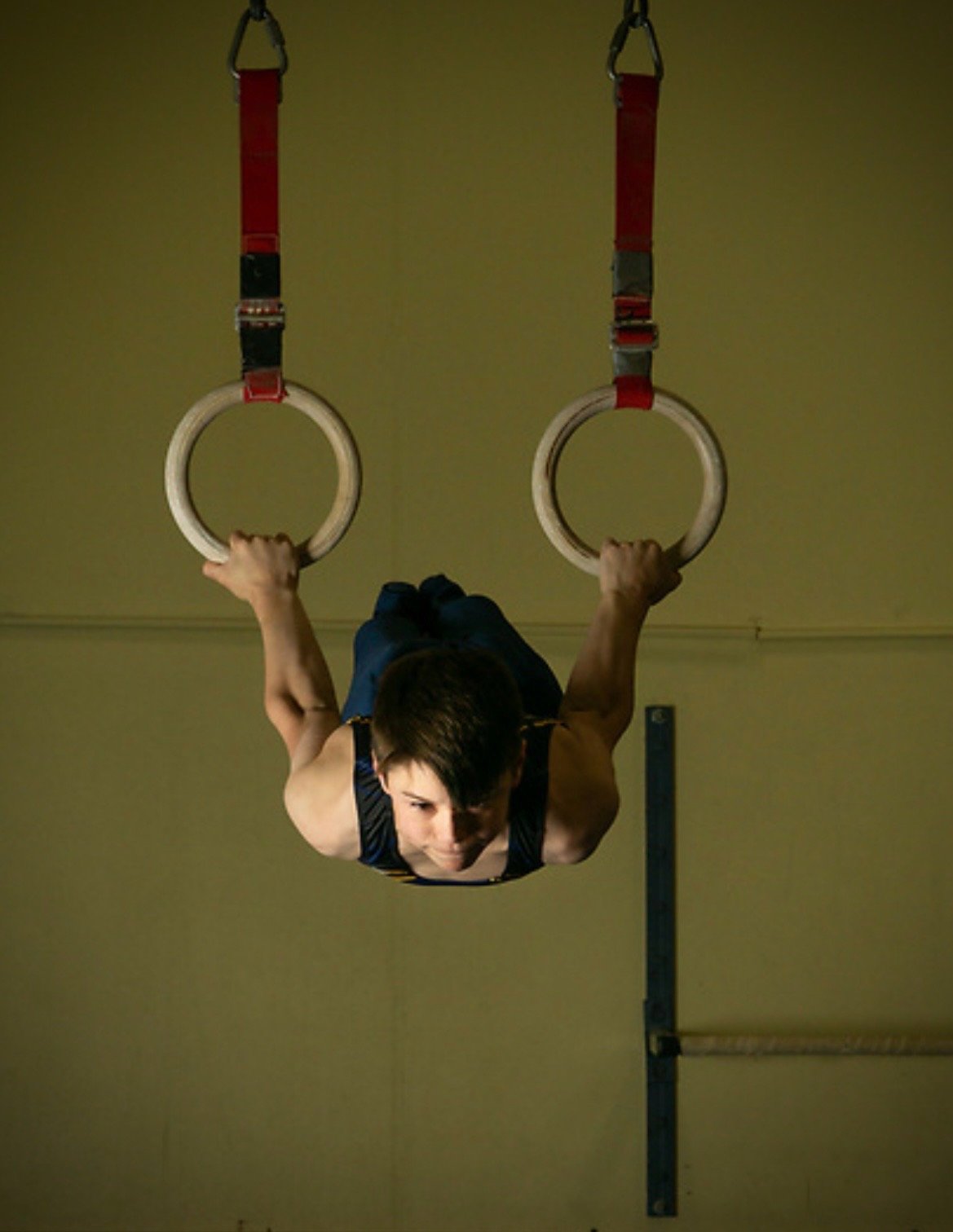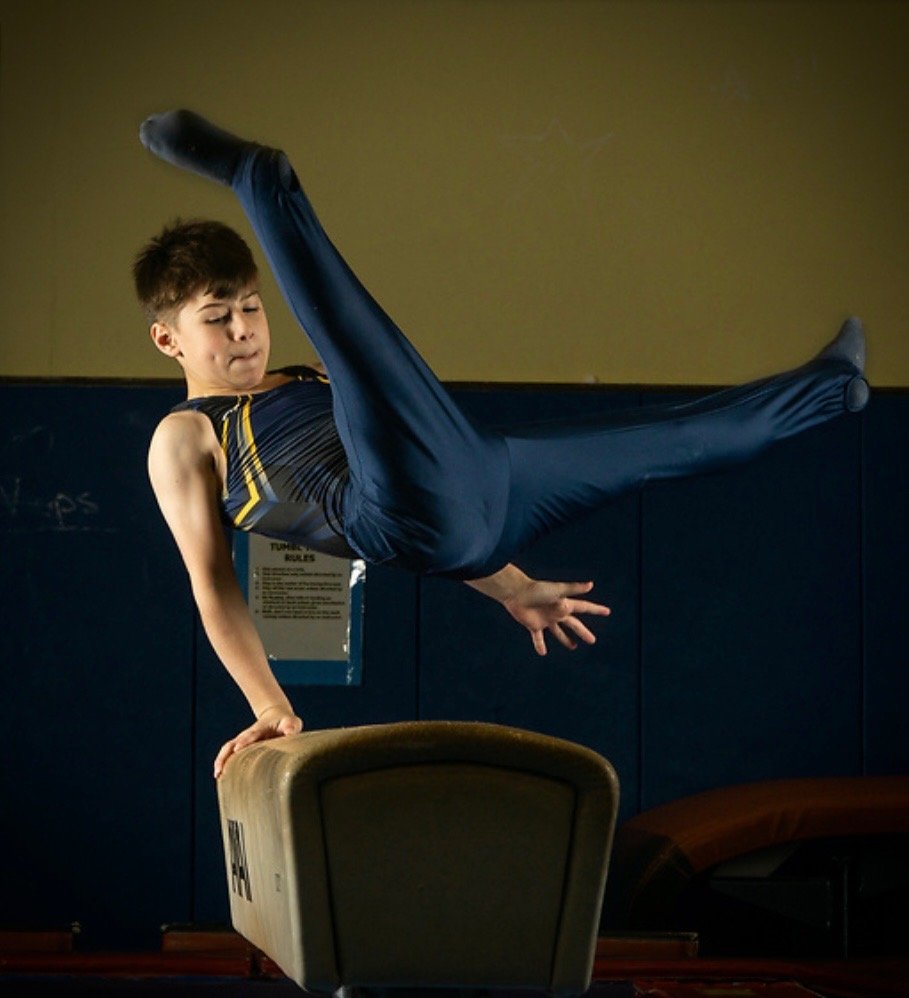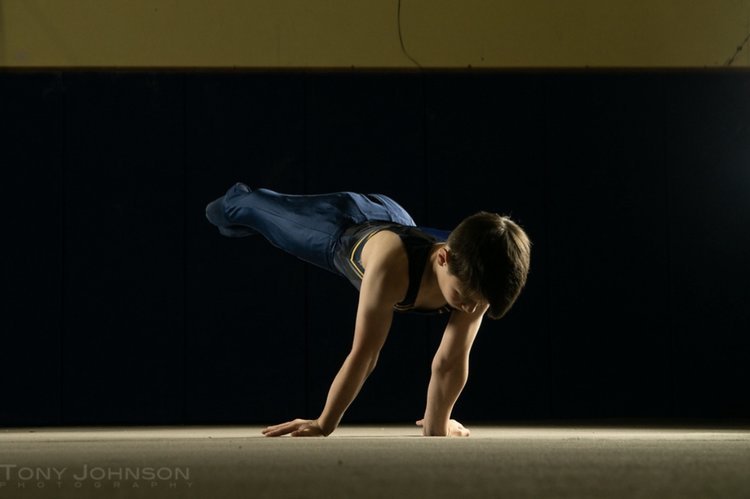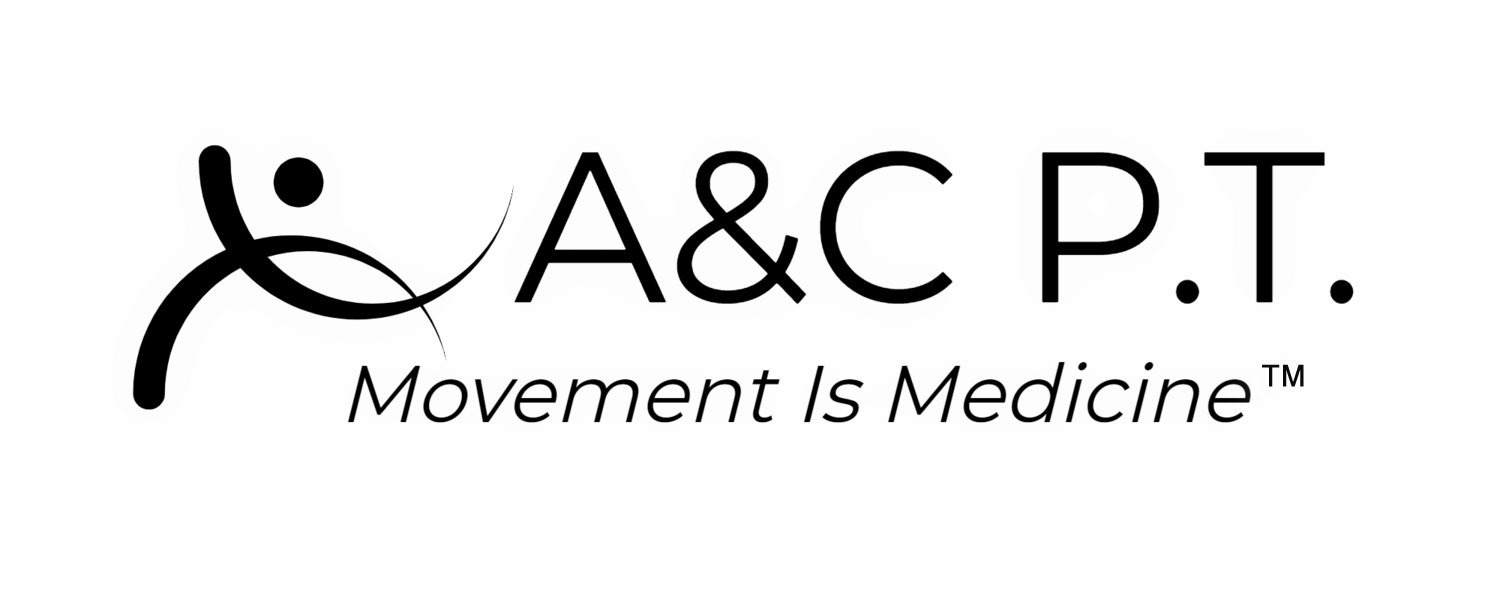Gymnastics Rehabilitation & Injury Prevention.



Cruise Cattone, 10, Alpha gymnastics Level 8 Junior Elite. 2024 Level 6 Junior Elite Western Nationals competitor, USAG Development Training Camp participant.
Gymnastics is arguably one of the most fun sports for young athletes to participate in. Like riding a bike, it is also a sport that is more easily mastered at a young age, improving body awareness long-term and preventing more serious injuries as they grow older. Perks aside, gymnastics still remains one of the most challenging and dangerous sports children can participate in, especially when most children are still growing and often foreign to their own bodies, lacking coordination and motor control - without a healthy sense of consequence.
Injuries for young gymnastics can cover the full gamut, just like other sports. Luckily most kids are resilient and usually heal from most injuries in a flash, especially with more common, ignorable ones like a small bonk on the head, a mild muscle strain or a painless twist of the ankle. Less likely, more serious injuries however, like bone breaks, concussions and growth plate fractures are still a reality, regardless of whether a child is participating once a week at open gym or pushing their limits on a more competitive track.
It is commonplace for young competitive gymnasts to start competing at 6 years old. By 7-8 y/o practices often last in excess of 3 hours per day, 5 days a week - year round. By 10 y/o top-level competitors are on collegiate coaches’ radar while a small, elite selection of top-scoring gymnasts may even start training with the US development team. This level of competitiveness, although helpful to build discipline, work-ethic and teamwork, can also increase a young athlete’s risk of injury, even with the best coaching and all precautions are taken. Gymnasts are often pushed to the very edge of their ability in pursuit of victory, where mastery of bigger skills can make the difference between a back-of-the-pack or podium finish.
Gymnastics is a high octane sport and will always have an element of risk for both weekend warriors and competitive athletes alike. Fortunetly there are ways to lower this risk exponetially, starting with getting enough sleep, eating well and prioritizing recovery time. It may also be advisable to see a physical therapist to screen for, and treat, weak links before they become problem.
What are common gymnastics injuries?
The nature of the sport entails increasingly difficult techniques that require forceful loading and twisting of joints and extremities (arms and legs), which can lead to significant stresses on a growing body. In addition to nutritional and hormonal factors, most gymnasts are involved in intense year-round training, which can lead to injuries (particularly overuse injuries that are often unique to gymnastics).
Wrist injuries - Wrist pain is extremely common, affecting between 70 to 80% of gymnasts. These athletes spend significant amounts of time bearing weight on their upper extremities, such as with tumbling, mounting, dismounting and swinging from bars. The repetitive forces on their wrists lead to stress or overuse injuries. What’s more, children are getting involved in gymnastics at very young ages (it is not uncommon to see kids starting the sport at 5 years old). In a growing child, the open growth plate in the wrist is very vulnerable to injury, and gymnasts can develop what we call “gymnast’s wrist,” or a stress fracture to the growth plate. If left untreated, overtime the continued stress can lead to early closure of the growth plate, while the other bone in the wrist continues to grow normally. The result is a condition called positive ulnar variance. This in turn predisposes the athlete to developing cartilage tears in the wrist and traumatic or stress injuries to the bones in the hand.
Elbow injuries - Bearing weight on the upper extremities during gymnastics routines not only affects the wrists, but also puts a lot of force to the elbows. Lateral elbow pain can be a result of osteochondritis dissecans of the bones in the elbow joint. It is a condition in which the bone that supports the cartilage of a joint softens. This softening is caused by an interruption in the blood flow to that portion of bone. If left untreated, this softening can lead to damage of the cartilage in the joint. Other injuries to the elbow can include medial epicondyle apophysitis, an overuse traction injury to the elbow.
Shoulder injuries - Although uncommon in females, shoulder injuries in male gymnasts are quite frequent, partly due to the demands of extreme flexibility and strength that is required of the shoulder joint to carry out stunts unique to male events. Most male athletes have generalized laxity (looseness) of their shoulder joint, which can predispose them to developing certain shoulder injuries such as tendinitis of the biceps or rotator cuff, and even impingement.
Back injuries - Spondylolysis is a very common cause of low back pain in gymnasts. It is a stress fracture in the vertebrae, one of the bones that make up the spinal column. If the stress fracture occurs on both sides of the vertebrae, the bone can become weakened and unable to maintain its position. The vertebrae can then slip out of place, resulting in spondylolisthesis.
Knee injuries - Patellofemoral pain, also known as “anterior knee pain” or “runner’s knee,” is one of the most common overuse injuries in all athletes, not just gymnasts. This pain is due to abnormal tracking of the kneecap, which causes pain behind it. Other overuse knee injuries seen in gymnasts include Osgood-Schlatter disease and Sinding-Larsen-Johansson syndrome. Acute knee injuries can also occur during gymnastics, including ligament tears (anterior cruciate ligament or medial collateral ligament) and muscle strains.
Foot and ankle injuries - Ankle sprains are quite common in gymnastics. Overuse injuries in the foot are also seen, particularly to the heel if the growth center in this area is developing. Repetitive tumbling and landing on the heel bone, as well as repetitive traction from the achilles tendon, can lead to heel pain known as Sever’s disease.
Tips for parents and gymnastics coaches
In the growing athlete, gymnastics training places a lot of stress on the body, predisposing gymnasts to various injuries. Over the years, technical moves and stunts have become more advanced, leading to an increased number of acute and traumatic injuries.
For parents and coaches, helping to prevent these injuries is critical. First and foremost, gymnastics should always be supervised to ensure equipment safety, adequate spotting and safe practice of difficult techniques. Modification of training to limit pain is also crucial to minimize overuse injuries. It is also advisable to seek out the help of a physical therapist to identify and treat musculoskeletal imbalances that may increase risk of injury.
